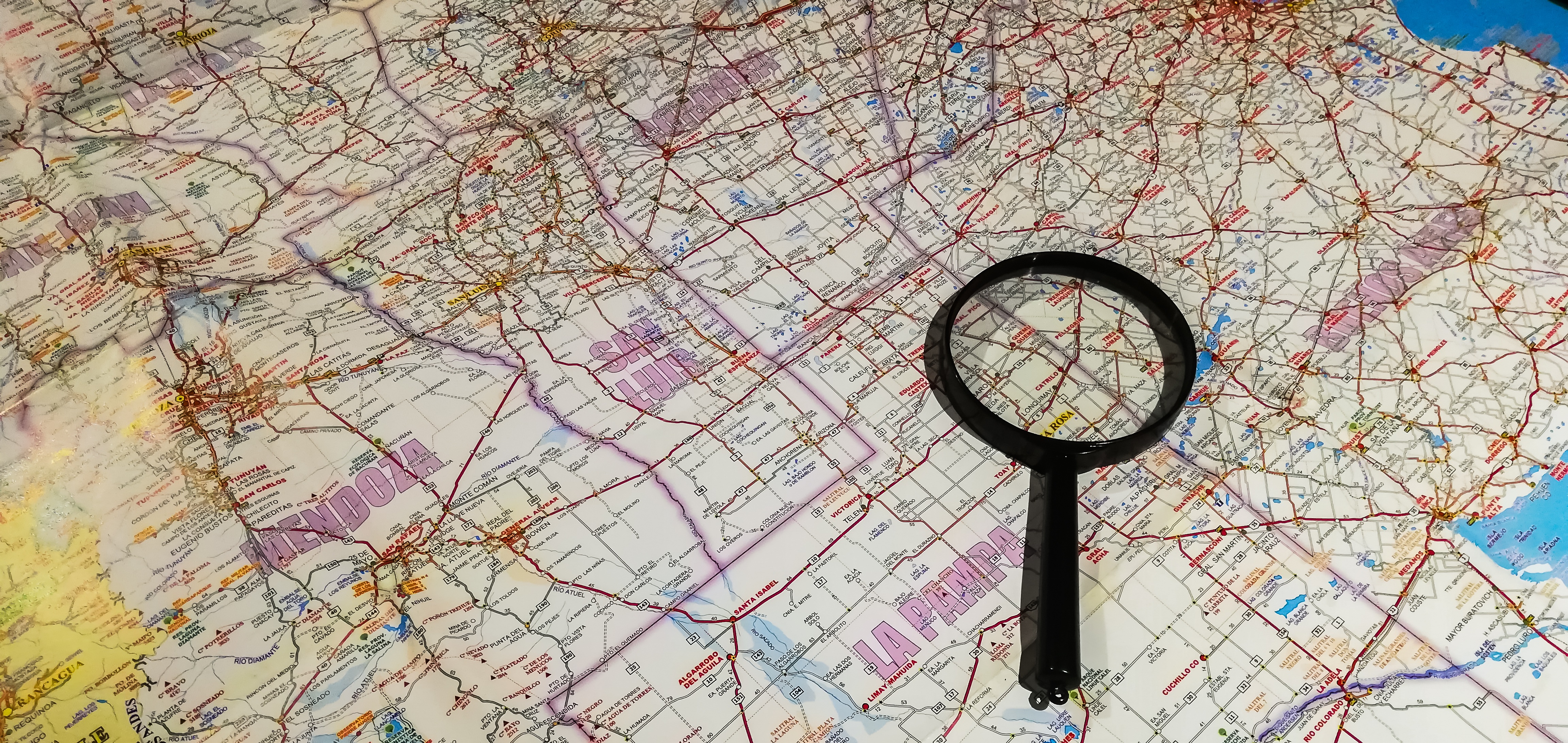As financial institutions (FIs) attempt to find new types of data to aid in the assessment of small and medium-sized businesses (SMBs), geolocation data will add lift as it is mapped to specific businesses.
Examples of derived attributes include:
- Business open hours based on visitor counts
- Historical vs. present analysis of visitor counts to specific areas
- Historical vs. present analysis of visitor counts to specific businesses and brands
- Analysis of which types of customers are visiting certain businesses (based on geographic characteristics)
Typical Use Cases
Geolocation data, which tracks anonymized device IDs, is typically used for business strategy and marketing. It can answer questions like these:
- A corporate franchise (e.g., McDonald’s) would like to understand which of its franchises in a given postcode are receiving the most/least foot traffic to make decisions about marketing spend.
- A real estate developer would like to understand which types of shoppers are coming to their shopping complex today to rent vacant spaces to complementary stores.
- A luxury hotel chain seeks to understand which types of visitors are visiting a certain area to identify if their brand is a good fit for the local market.
- A local government would like to understand the extent to which social distance guidelines are being followed during the Covid-19 pandemic.
- A bank would like to understand if it makes sense to place a new ATM or branch in a certain area.
While these uses are common, and Demyst has met similar client requests through our geolocation partners, there is also demand for new types of use cases focused on footfall data across business lending and insurance verticals. Geolocation data is now being applied to these verticals:
Commercial Lending Use Cases
- Local Growth: Retail and restaurant business lending is vitally dependent on local dynamics — is a locality growing or contracting? Foot traffic data can aggregate visitor counts by brand, industry, and location. Lenders may also develop active monitoring dashboards to identify which areas experiencing faster growth to justify greater capital investments.
- Business Growth: Comparing visitor counts across time for a given business, or across all locations for that business, can be an alternative to traditional business credit indicators such as number of employees and sales revenue. The latter measurements tend to be inaccurate in most databases, while visitor count is a precise metric that can be aggregated in real-time. An increase in visitors is likely to be an early indicator of business growth, which is positive for credit.
- Capital Allocation: Banks examining loans in a specific area can benefit from understanding the demographics of its businesses’ customers. By identifying and analyzing visitors through census blocks, they can allocate capital based on visitor volume and customer characteristics such as income and employment.
Commercial Insurance Use Cases
- Occupancy Limits: Is a certain store, restaurant, or office receiving more visitors than expected — should the increased traffic be reflected in their premiums? This question can be answered with a historical look at daily visit counts. Insurers can also monitor visit counts actively, because this data is aggregated on a weekly basis. Even dynamic pricing mechanisms can be considered based on visitor counts
- Vacant Commercial Space: During the Covid-19 pandemic, businesses continued to lease spaces but became remote-only for health reasons. Risks associated with vacant commercial properties are significantly higher than with occupied properties, due to vandalism, crime, or unmonitored hazards. Foot traffic data can provide a general sense of visitors in an area, which allows insurers to flag properties or clusters of properties that are likely vacant.
- Business Open Hours: As the economy recovers, many businesses continue to limit their hours of operation. This information is vitally important for insurers, and potentially for lenders, to consider which businesses and industries are recovering faster than others.
Combining Geolocation Data with Other Data Types
Typical geolocation solutions for insurers and lenders merge data from other sources — such as business credit bureaus, business intent data, and business transactions data — to create a 360-degree view of a business. Demyst has partnered with geolocation players such as MobileWalla, Unacast, and Safegraph, and additional connections have been established to include point-of-interest data from Experian and Equifax along with intent data from 180byTwo.
The Demyst team actively guides customers through the data discovery, evaluation, and productionalization of geolocation data for use cases in these verticals, providing feedback to upstream vendors that can assist them in maturing their product offerings for the banking and insurance verticals.


